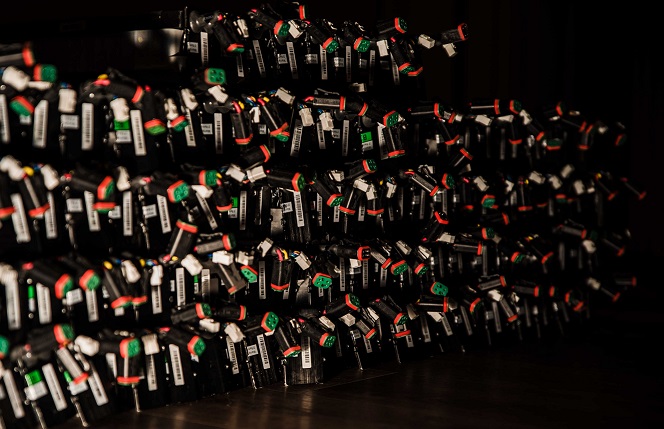
Do Lithium-ion Batteries Go Bad If Not Used?
Table of Contents
Lithium-ion batteries, when not in use, generally don't degrade significantly simply by sitting idle. The monthly SoH (State of Health) loss of a lithium-ion battery that is not undercharged, overcharged, or overheated is between 0.08 to 0.25%.
If they are stored for an extended duration, however, the potential for deterioration may arise due to certain factors. All batteries have some amount of self-discharge. Self-discharge is a phenomenon that occurs in which a battery will use a very tiny fraction of its own energy, even when no load is attached.
As all batteries experience some degree of self-discharge, this phenomenon can be a concern for lithium-ion batteries as well, albeit at a much lower rate. When these batteries are stored for an exceptionally long time without being charged, the self-discharge could potentially cause the cell voltage to fall below 2.5 volts. If this low voltage state persists, it may lead to cell damage.
How Long Can a Lithium Battery Sit Without Being Charged?
Lithium-ion batteries don't really go bad very quickly just sitting there. As long as they are properly stored, they will only lose a tiny, tiny fraction of their lifespan sitting on a shelf. For any real damage to occur, it takes either charge and discharge cycles to damage them, or for their voltage to fall below 2.5 volts or over 4.2 volts.
When the voltage of a lithium-ion battery falls below 2.5V, the electrochemical stability of the cell is compromised. This leads to excessive lithium-ion extraction from the cathode and can cause the copper in the anode to dissolve. The extra lithium pulled from the cathode can then be plated onto the anode, causing an increase in IR (Internal Resistance).
It’s pretty rare for internal discharge to ruin a battery. In most cases, if a lithium-ion battery pack has been sitting on a shelf and has not been cycled, chances are it's as good as new.
If a battery was installed in a device that was on standby, though, it's a different story. Whatever standby current that the device has will be much larger than the self-discharge rate of the cell. This can put your cells in a situation in which they are pulled way, way lower than 2.5 volts. This situation can lead to damage in the cells, and trying to recover the cells from a low voltage state can be a somewhat dangerous procedure.
Again, the wear that comes from using lithium-ion batteries comes from just that, using them. They have to be charged and discharged, repeatedly cycled over and over again before they start losing capacity. This is because the loss of capacity is a function of that process. Every time the battery is charged or discharged, it's damaged a little bit. If you don't charge or discharge, little to no damage occurs.
So, How Long Will a Lithium Battery Last on The Shelf?
Lithium-ion batteries can be stored for years without any issues as long as you take the proper precautions and follow the right procedures.
Storage conditions: Lithium-ion batteries need to be stored in cool, dry conditions. This means they need to be stored in an air-conditioned environment. Extreme temperatures and humidity can accelerate the self-discharge rate and cause damage to the cells. For the longest possible shelf life, store your batteries between 50°F and 77°F.
Storage charge level: Don’t store dead batteries. Make sure your lithium-ion batteries are somewhere between 40 and 60% charged to prevent over-discharge during storage. This charge level ensures that the battery remains in a stable condition and reduces the likelihood of voltage dropping to a damaging level. We wrote up a guide to help you find the best storage voltages for batteries.
Check on your batteries: Check the status of the cells you're storing from time to time. This can be extremely helpful in identifying potential issues before they cause damage, giving you time to take corrective action.



